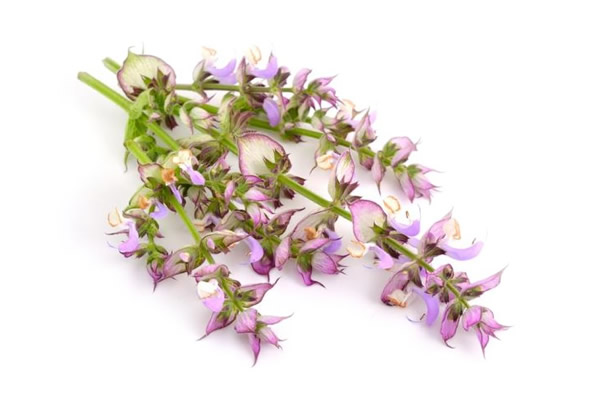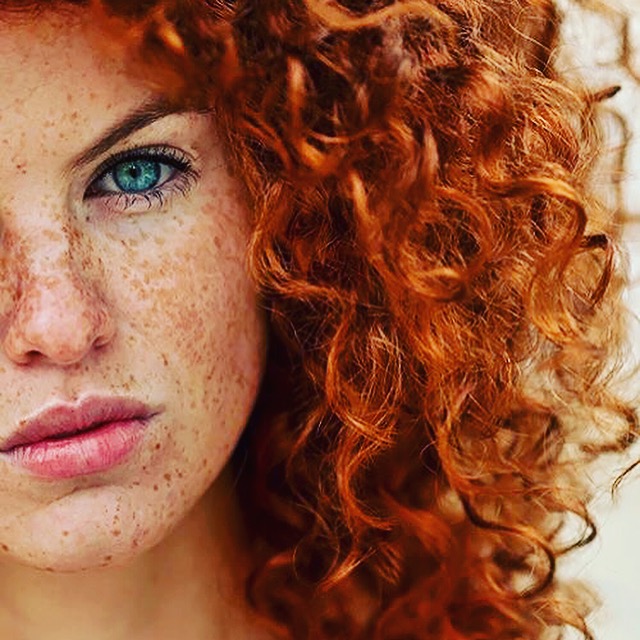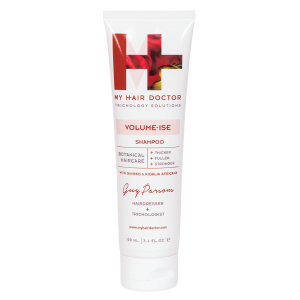Hair Science, Hair Loss Men, Hair Loss Women
HAIR LOSS TREATMENT OPTIONS
 MALE HAIRLOSS TREATMENTS
MALE HAIRLOSS TREATMENTS
The primary goal of treatment is to control the effect of androgens (male hormones) on your hair follicles. There are two ways of doing this – externally or internally.
INTERNAL TREATMENTS FOR MALE PATTERN BALDNESS
Internal treatments try to control your body’s production of dihydrotestosterone (DHT) – the male hormone that causes a miniaturization of hair follicles in those with a genetic predisposition. Drugs used to treat male pattern hair loss are called 5-alpha-reductase inhibitors. 5a-reductase is an enzyme found in your adrenal glands that converts testosterone to DHT; these drugs attempt to restrict its effects.
FINASTERIDE (PROPECIA)
 Finasteride, more commonly known as Propecia, was originally used to treat benign prostate enlargement, but was also shown to reduce hair loss in some patients. Propecia works by blocking 5a-reductase, which reduces the conversion of testosterone to DHT.Theoretically, Propecia should help male pattern hair loss. But there is a problem – there are two types of the enzyme 5-alpha-reductase – Type I and Type II. Propecia blocks type II, but not type I. So men with type I of the enzyme may not see results. If you stop taking Propecia, the beneficial effects on your hair will start to wear off after 6 months. And by 12 months your hair will have reverted back to its original state before treatment.
Finasteride, more commonly known as Propecia, was originally used to treat benign prostate enlargement, but was also shown to reduce hair loss in some patients. Propecia works by blocking 5a-reductase, which reduces the conversion of testosterone to DHT.Theoretically, Propecia should help male pattern hair loss. But there is a problem – there are two types of the enzyme 5-alpha-reductase – Type I and Type II. Propecia blocks type II, but not type I. So men with type I of the enzyme may not see results. If you stop taking Propecia, the beneficial effects on your hair will start to wear off after 6 months. And by 12 months your hair will have reverted back to its original state before treatment.
SIDE EFFECTS OF PROPECIA
The dosage of Propecia for male hair loss is 1mg a day and doesn’t cause as many unpleasant side effects as the 5mg dosage given to treat prostate enlargement. But undesirable side effects can still occur, such as sterility, erectile dysfunction, decreased libido and the inability to ejaculate.
EXTERNAL TREATMENTS
 Minoxidil, or Regaine, is an external treatment for hair loss. It was originally an oral medication used to treat hypertension, but it was also found to cause hair growth on the face, body and scalp. Minoxidil dilates
Minoxidil, or Regaine, is an external treatment for hair loss. It was originally an oral medication used to treat hypertension, but it was also found to cause hair growth on the face, body and scalp. Minoxidil dilates
blood capillaries. On its own, it doesn’t influence the effect of androgens on your follicles or the conversion of testosterone to DHT. But mixed in a 2-5% solution it can initially help with the appearance of fine or thinning hair by making it darker. It also coats your hair giving the ‘feel’ of added thickness.
TOPICAL ANTI-ANDROGENS
Topical anti-androgens can be very beneficial to hair loss. Anti-androgens are drugs that reduce or block testosterone – and therefore DHT/5areductase – from reaching your hair follicles. Taken orally, the amount of anti-androgens needed to help with hair loss can cause side effects – loss of libido, a lower sperm count and, in women, tender breasts. And sometimes even large doses do not sufficiently reach the scalp. Applied topically to your scalp and in the right mixture, anti-androgens can be very effective. With men, a dilute solution containing cyproperone acetate (a strong anti-androgen) and medroxy progesterone acetate can have great results. Minoxidil can also be added. While minoxidil on its own usually isn’t helpful, it dilates capillaries on your scalp. This makes absorption of anti-androgens into your scalp easier. The use of topical anti-androgens is long-term, but there is no doubt about their therapeutic effect. Hair loss is at least slowed, often stopped and sometimes improved in thickness. Many men want to try a combination of all treatments: Propecia, minoxidil and topical anti-androgens. This can be good, and you know you are taking every step to inhibit reduction.
HAIR TREATMENT CLINICS
Any legitimate hair clinic should have an experienced, qualified professional in attendance – a Member of the Institute of Trichologists. There are an abundance of clinics/centres claiming fantastic results in treating hair loss. Do your research very carefully and thoroughly, as the cost implications can be high.
Volume-ise / Hairfood Active Botanicals


GINGKO
Working with Kigalia and Clary as an original blend of 3 plants acting synergistically and allowing scalp toning and limiting hair loss. They act on factors avoiding hair loss including 5-alpha-reductase inhibition, scalp microcirculation improvement and to decrease inflammation contributing to Seborrhoea (oiliness) which can block scalp follicles inhibiting growth.


KIGALIA AFRICANA
Working with Gingko and Clary as an original blend of 3 plants acting synergistically and allowing scalp toning and limiting hair loss . They act on factors avoiding hair loss including 5-alpha-reductase inhibition, scalp microcirculation improvement and to decrease inflammation contributing to Seborrhoea (oiliness) which can block scalp follicles inhibiting growth.


CLARY
Working with Kigalia and Gingko as an original blend of 3 plants acting synergistically and allowing scalp toning and limiting hair-loss. They act on factors avoiding hair loss including 5-alpha-reductase inhibition, scalp microcirculation improvement and to decrease inflammation contributing to Seborrhoea (oiliness) which can block scalp follicles inhibiting growth.










